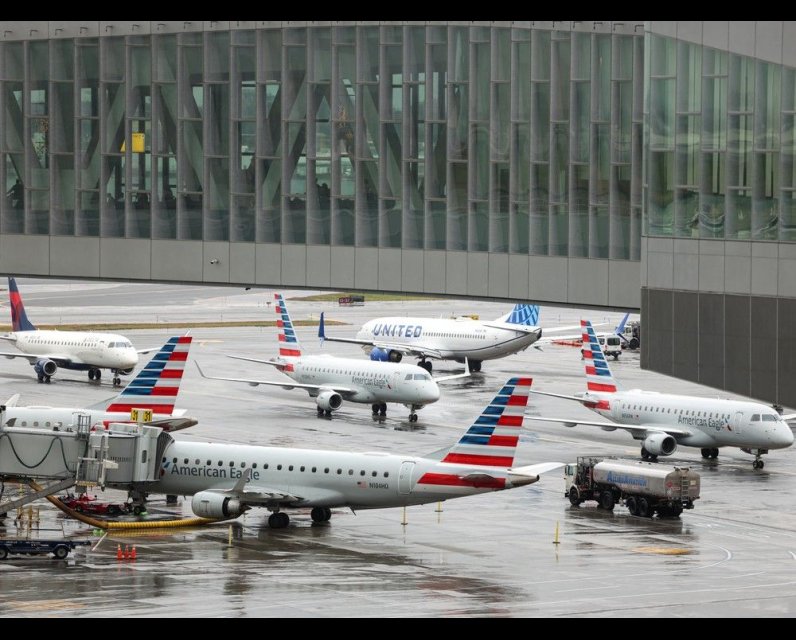Flying disruptions will persist even if U.S. government shutdown ends, experts warn

Even if the U.S. government shutdown comes to an end, flying will not immediately return to normal.
Airlines and airports have been coping with significant operational disruptions and the effects will persist beyond the shutdown. Experts and industry sources say it may take days, even longer, as airlines work to untangle complex flight schedules, which can’t be done instantly, reports USA Today .
Some experts believe full normalization could take between 24 and 36 hours for most major carriers, reports Marketwatch , but others warn that crew shortages and equipment backlogs may extend delays, especially at major airline hubs.
Meanwhile, as American Thanksgiving nears (Nov. 27), the harder it will be to reshuffle affected passengers, with fewer seats available. And severe winter weather, which has hit parts of the U.S., is expected to further compound the backlogs.
Until a deal to end the shutdown is officially inked, reports CNN , airlines must continue to follow the Federal Aviation Administration’s emergency order to reduce flight capacity at 40 major U.S. airports. Starting Tuesday, 6 per cent of flights will be cut.
Going forward, airlines will need time to reposition planes and crews. In particular, shortages of air traffic controllers who were required to work without their regular paycheques, resulted in delays or thousands of canceled flights, reports CNBC . Controllers have missed two paycheques and some took second jobs to make ends meet, working under that added stress. Some air traffic controllers may not return to their jobs, retiring or quitting to find work not subject to government shutdowns.
While some routes and operations may stabilize in a day or two, broader disruptions — including passenger re-bookings and airport congestion — could linger for a week or more, reports the New York Times .
The routes expected to take the longest to recover are primarily those serving the busiest airport hubs. These hubs have a high volume of flights with complex connecting itineraries, making recovery slower due to aircraft and crew displacement.
The hardest-hit routes include major airports such as Washington Reagan National, which experienced the highest number of cancellations during the shutdown. Other major hubs with significant disruptions include Chicago O’Hare, Hartsfield-Jackson Atlanta International, Los Angeles International, Denver International, Boston Logan, Newark Liberty), and New York LaGuardia.
Shuttle flights in the northeast corridor and Florida , as well as routes between Dallas and smaller cities, were also heavily cut and may take time to normalize.
Smaller airports and routes with simpler point-to-point service are generally in a better position for quicker recovery since their flights are less interdependent.
Our website is the place for the latest breaking news, exclusive scoops, longreads and provocative commentary. Please bookmark nationalpost.com and sign up for our daily newsletter, Posted, here.


Comments
Be the first to comment